Sidebend Assessment Test for Back Problems
One of the most useful tests for lower back problems but very rarely quantified for accurate assessment for showing improvement.
Back pain is a common and disabling condition that affects millions of people worldwide. The causes of back pain can be complex and multifactorial and often require a thorough assessment by a physiotherapist or other health professional. One of the clinical tests that can be used to assess the function and mobility of the thoracic spine is the sidebend test. This test involves bending the trunk laterally to one side and observing the range of motion, pain response, and segmental movement of the spine.
The sidebend test can provide useful information about the possible sources and mechanisms of back pain. For example, nerve root or facet joint pain may be provoked by sidebending to the ipsilateral side, while costochondritis or rib fracture may be aggravated by sidebending to the contralateral side. Furthermore, sidebending can reveal stiffness or restriction in specific segments of the thoracic spine, which may indicate inflammation, degeneration, or postural dysfunction.
Researchers have found sidebend to be the most sensitive test for spondylosis in baseballers with positive MRI results, and in baseballers more than footballers. Interestingly, the injury tends to be on the opposite side of the dominant arm/leg. Hand dominance tends to result in asymmetrical movement that alter the lumbar spine's rotational direction. Unfortunately, Spondylolysis is frequently missed by MRI in adolescents with back pain.
The sidebend test can also be used to evaluate the effect of treatment interventions on back pain. For instance, manual therapy, exercise, or education may improve the range of motion, pain level, and segmental movement of the thoracic spine after sidebending. Additionally, sidebending can help to monitor the progress and prognosis of back pain over time.
The sidebend test is a simple and reliable clinical assessment tool for back pain. It can help to identify the potential causes and contributors of back pain, as well as to evaluate the response and outcome of treatment. However, it should not be used in isolation, but rather as part of a comprehensive examination that includes a detailed history, other physical tests, and relevant investigations.
Whilst the distance reached to the floor by the hand is the usual way to ‘measure’ performance, it is also important to
look at what body parts contribute to allowing or preventing lateral flexion. This includes, the stance, the hip movement, the lumbar movement, the movement of the chest and even the head and neck. The structure and function of these body parts can all affect the sidebend performance.
look at the movement of the centre of mass or balance point. The sense of balance from the feet, the balance mechanism in the inner ear, and other body parts can significantly influence the techniques chosen for performing a sidebend.
look for symmetry between left and right
look for the ability to stay in the ‘frontal plane’ throughout the movement
identify the onset and location of discomfort or other sensory experiences
identify any fear or avoidance behaviours that might change the movement choices
References:
Kato, K. Otoshi, K. Kobayashi et al., Clinical characteristics of early-stage lumbar spondylolysis detected by magnetic resonance imaging in male adolescent baseball players, Journal of Orthopaedic Science, https://doi.org/10.1016/j.jos.2022.10.014
K. Yamaguchi, D. Skaggs D, Spondylolysis is frequently missed by MRI in adolescents with back pain. July 2012, Journal of Childrens Orthopaedics 6(3):237-40
Lumbar Assessment - Physiopedia https://www.physio-pedia.com/Lumbar_Assessment
Assessment and Treatment of the Thoracic Spine - Physiopedia https://www.physio-pedia.com/Assessment_and_Treatment_of_the_Thoracic_Spine
Assessment of back pain - Differential diagnosis of symptoms | BMJ Best Practice https://bestpractice.bmj.com/topics/en-gb/189
Learn more about Moovment software here.
